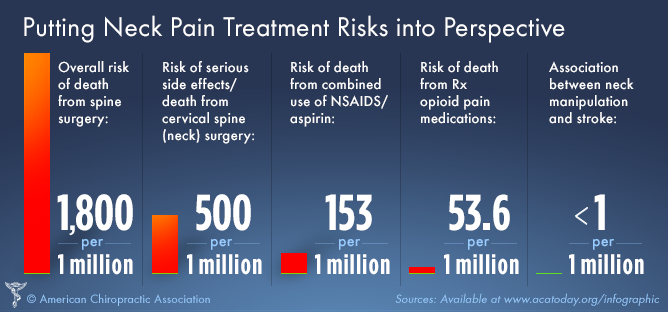An In-Depth Analysis Of Cold Laser Treatment: Unraveling Its Devices And Influence
An In-Depth Analysis Of Cold Laser Treatment: Unraveling Its Devices And Influence
Blog Article
Material Produce By-Bendix Peters
You may have come across cold laser therapy as a promising therapy choice for numerous problems, but have you ever before questioned exactly how it in fact works with a mobile degree? Recognizing the systems behind this therapy can clarify its effectiveness in advertising healing and lowering inflammation. By checking out the science behind cold laser therapy, you'll acquire understandings right into the interesting ways in which light can influence mobile procedures and help with tissue repair.
How Cold Laser Treatment Works
To recognize how cold laser therapy works, you need to understand the fundamental principles of how light energy communicates with biological cells. Cold laser treatment, likewise called low-level laser treatment (LLLT), utilizes details wavelengths of light to pass through the skin and target underlying tissues. Unlike the extreme lasers utilized in procedures, cold lasers give off reduced degrees of light that do not produce warmth or trigger damage to the cells.
When these gentle light waves reach the cells, they're taken in by elements called chromophores, such as cytochrome c oxidase in mitochondria. This absorption activates a series of biological responses, consisting of enhanced cellular power manufacturing and the launch of nitric oxide, which improves blood circulation and lowers swelling.
Additionally, the light power can likewise promote the production of adenosine triphosphate (ATP), the energy currency of cells, helping in mobile repair service and regeneration procedures.
In essence, cold laser treatment harnesses the power of light power to promote healing and minimize pain in a non-invasive and mild manner.
Mechanisms of Activity
Just how does cold laser therapy actually function to produce its healing impacts on biological tissues?
Cold laser treatment, additionally known as low-level laser therapy (LLLT), operates via a procedure called photobiomodulation. When the cold laser is put on the skin, the light energy passes through the tissues and is soaked up by chromophores within the cells.
These chromophores, such as cytochrome c oxidase in the mitochondria, are after that stimulated by the light energy, bring about a waterfall of biological responses. https://www.dailymail.co.uk/femail/article-8753969/Beauty-cynic-VICTORIA-WOODHALL-wasnt-expecting-miracles-Lyma-wand-guess-works.html of activity is the improvement of cellular metabolic process.
The soaked up light power boosts ATP manufacturing in the mitochondria, which is critical for cellular function and repair. Additionally, https://felixnhcvq.blogadvize.com/34397744/from-centers-to-home-use-the-growing-appeal-of-cold-laser-therapy-devices to lower inflammation by inhibiting inflammatory conciliators and advertising the release of anti-inflammatory cytokines.
This anti-inflammatory result contributes to discomfort alleviation and tissue recovery.
Healing Impacts
Recognizing the therapeutic effects of cold laser therapy entails acknowledging exactly how the boosted cellular metabolism and anti-inflammatory residential or commercial properties contribute to its positive results on organic cells.
When the cold laser is applied to the damaged location, it promotes the mitochondria within the cells, causing raised manufacturing of adenosine triphosphate (ATP), which is essential for cellular function and repair service. This increase in mobile power accelerates the recovery procedure by promoting tissue regeneration and reducing swelling.
Furthermore, the anti-inflammatory residential or commercial properties of cold laser therapy aid to reduce discomfort and swelling in the targeted area. By preventing inflammatory conciliators and promoting the launch of anti-inflammatory cytokines, cold laser treatment help in relieving discomfort and boosting the general healing response.
This decrease in inflammation not only supplies prompt alleviation yet likewise supports long-lasting cells repair.
Final thought
In conclusion, cold laser treatment functions by boosting cellular fixing and tissue regeneration through photobiomodulation. Its anti-inflammatory residential or commercial properties supply discomfort alleviation and minimize swelling by preventing inflammatory moderators.
This treatment uses a detailed strategy to healing, supplying both immediate alleviation and long-term cells repair service advantages.
Through its mechanisms of action, cold laser treatment proves to be an efficient and promising treatment choice for a range of conditions.
